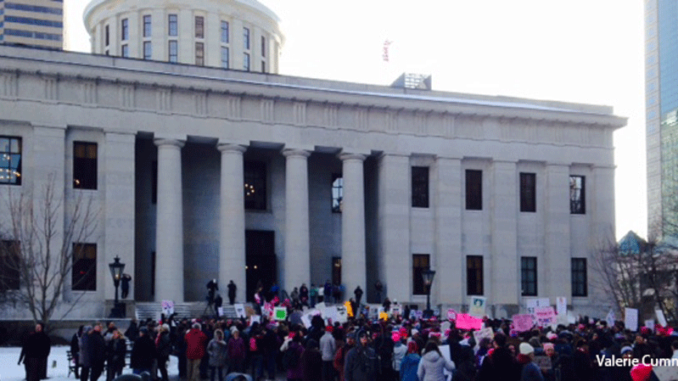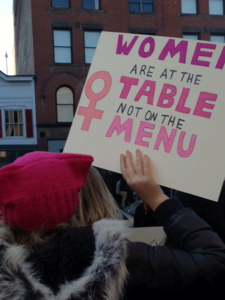
Just over one year ago, the largest single-day protest in U.S. history took place. Last weekend, on the anniversary of that protest, marches and rallies were organized across the country–and beyond. Here, btw takes a look at some of these events.
What Was the Women’s March on Washington?
On January 21, 2017–the day after Donald Trump’s inauguration–people gathered all over the world to come together and make their voices heard. While in some ways it was a protest of Trump’s inauguration, it was also a chance to advocate for important causes such as women’s rights, immigration reform, the environment, healthcare reform, LGBTQ+ rights, and the rights of workers. Nearly half a million citizens marched peacefully in Washington, D.C. Hundreds of marches took place all over the world as well, on all seven continents, including Antarctica. It is estimated that roughly 5 million people participated in one of these 673 worldwide marches.
What Were the 2018 Women’s Marches?
Fast forward one year later. Donald Trump’s first year in office, was highlighted by controversial stands on women’s rights, immigration reform, the environment, healthcare reform, LGBTQ+ rights, and the rights of workers–exactly the issues that marchers were advocating in support of last January.

Women (and men) all over the globe decided to respond with a second march, taking place on the one-year anniversary of the Women’s March on Washington. On January 20, 2018, 250 coordinated marches took place in hundreds of cities across the United States, including New York, Los Angeles, Chicago, and Washington, D.C. Smaller cities, towns, and suburbs also participated, and “sister rallies” occurred across the globe in Canada, the United Kingdom, Japan, and more. In Washington, D.C., House minority leader Nancy Pelosi was a featured speaker. In Virginia, newly-elected Governor Ralph Northam participated in the march in Richmond, even wearing one of the pink knit hats associated with the women’s march.
What Made the 2018 Marches Different?
Though attendance at the 2018 marches was measured in the hundreds of thousands rather than in the millions, the protests nevertheless made a strong statement as people shared photos of the events on the Internet and across social media platforms. This year’s march was themed “Power to the Polls,” with an emphasis on increasing voter turnout and on encouraging more progressive women to run for all levels of public office.
What Was the President’s Response?
President Trump voiced his support for the marches on Twitter. However, he was quick to describe them as “celebration” marches, an opportunity for women to celebrate all of the advances they had made during the past 12 months of his administration. That was not the intention of the organizers of the coordinated events, nor of the hundreds of thousands of participants.
Organizers and activists hope to keep the energy of the marches alive as the “Power to the Polls” initiative focuses on flipping key seats in the 2018 Congressional elections.
